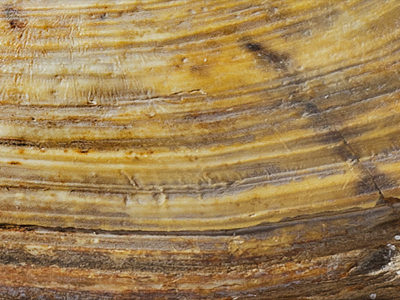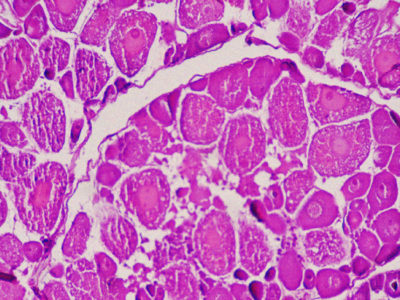Research projects
Filter:
Filtered:
See also Biodiversity, Evolution and Adaptation team
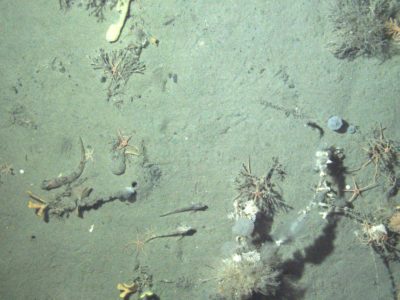
ASCCC
The ASCCC Project has been funded by ACE (Antarctic Circumnavigation Expedition) to investigate, quantify and understand the role of polar and subpolar seabeds in the carbon cycle, particularly in response …
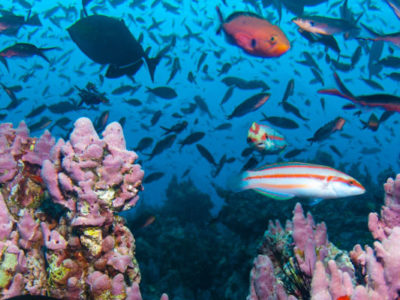
Ascension Island Marine Sustainability (AIMS)
The project Ascension Island Marine Sustainability (AIMS) – A Fisheries and Marine Biodiversity Project Ascension Island harbours globally important marine biodiversity, potentially representing a unique assemblage of western and eastern …
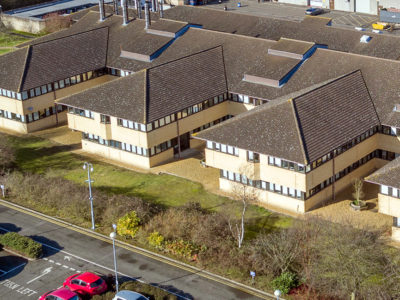
Biodiversity at BAS Cambridge
Biodiversity@BAS is an initiative formed by BAS staff. Adopting current NERC Biodiversity policy and working closely with BAS Estates and Environment Office teams, its goal is to assist with the …
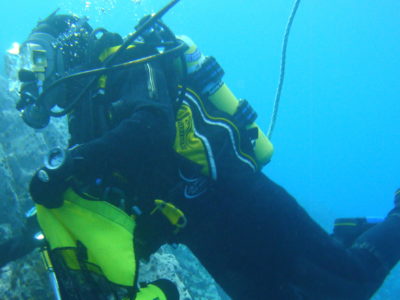
Changing biodiversity
Baseline study to monitor how marine biodiversity will respond to climate change
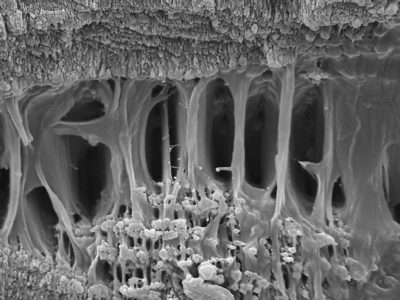
Cold Skeletons
Does the cold affect how animals grow? Are skeletons different in Antarctic marine species, which survive almost permanently below 0°C? It is well known that animals grow at different rates …
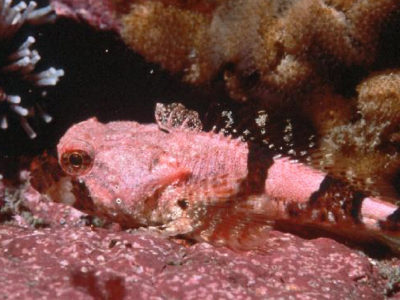
Dynamic Live Cell Imaging
Dynamic live cell imaging at sub-zero temperatures How do Antarctic marine organisms, such as fish, manage to thrive at temperatures below 0°C? How do their cells and in particular, their …
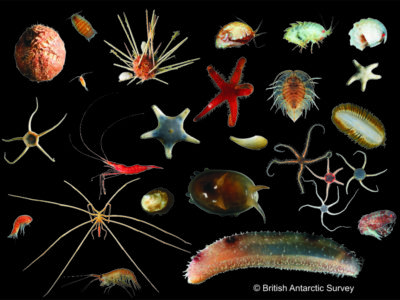
Larsen-C Benthos
On 12 July 2017, the Larsen-C Ice Shelf calved one of the largest iceberg originating from the Antarctic Peninsula ever recorded. As iceberg A68 moves north, it leaves behind an …
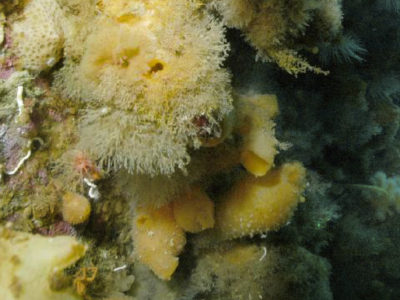
Monitoring climate change in action
Long term science We know that our world is changing due to human influence. But how is it changing? Some areas, such as the Antarctic Peninsula, are changing more rapidly …
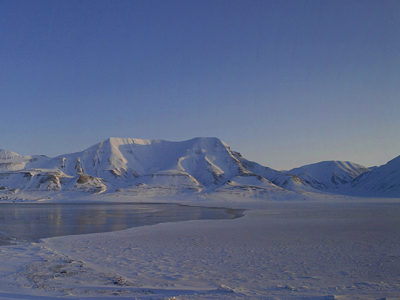
SIOS
Svalbard Integrated Earth Observing System (SIOS) is an international infrastructure project. There are 26 partners from Europe and Asia involved. The essential objective is to establish better coordinated services for …
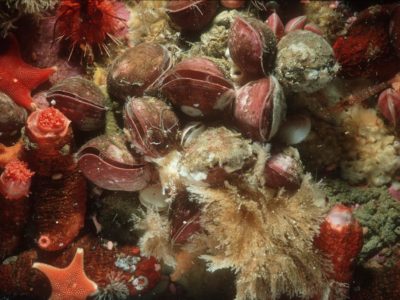
Skeleton structure, size, predation and climate change
How do the skeletons of marine animals change with habitat and environmental conditions? External skeletons, in the form of calcium carbonate shells are found predominantly in molluscs and brachiopods (marine …
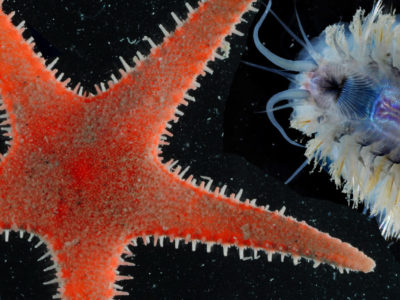
SO-AntEco
The South Orkney Islands is a small archipelago located in the Southern Ocean, 375 miles north-east of the tip of the Antarctic Peninsula. The seafloor around the South Orkney Islands …
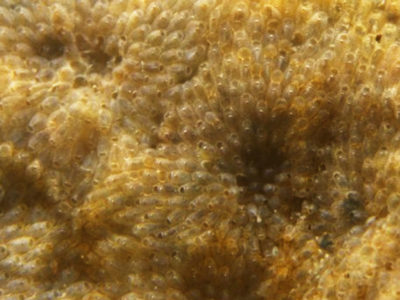
The Heated Settlement Panels
How will life and biodiversity on Earth will respond to climate change? This information is particularly urgent for the waters along the Antarctic Peninsula, which are experiencing rapid regional climate …
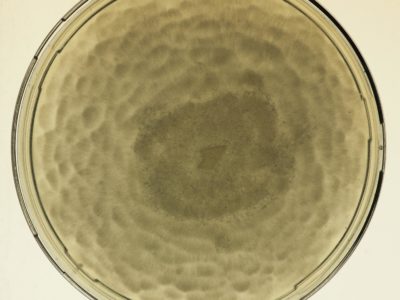
Using an Antarctic fungus as a wintertime biopesticide
Can a fungus from an Antarctic soil be used to control weevil larvae causing damage to UK soft fruits and forestry? The larvae of weevils, which overwinter in soil and …
